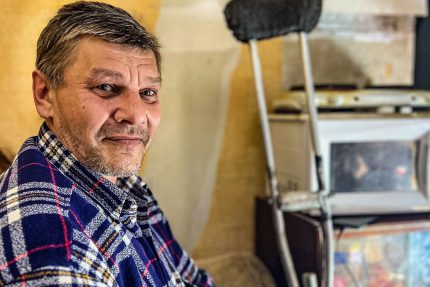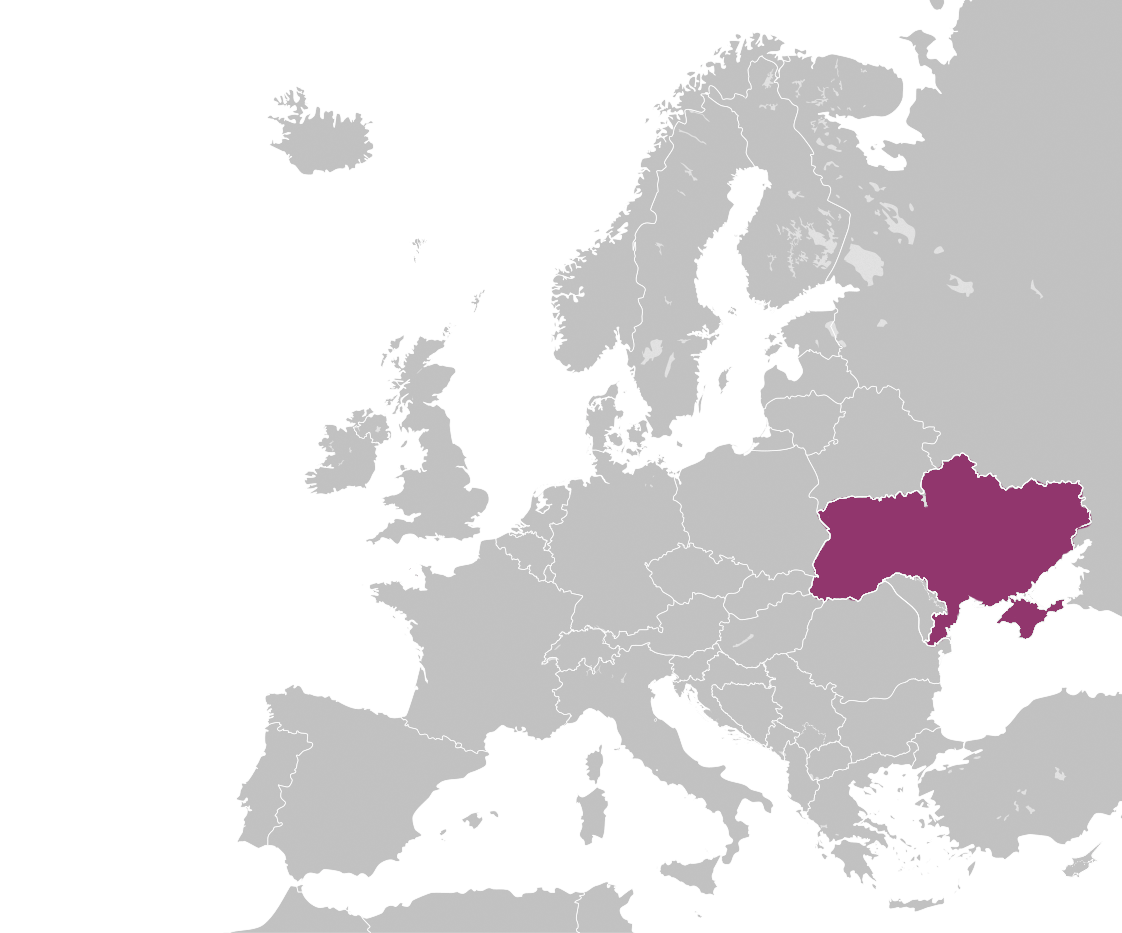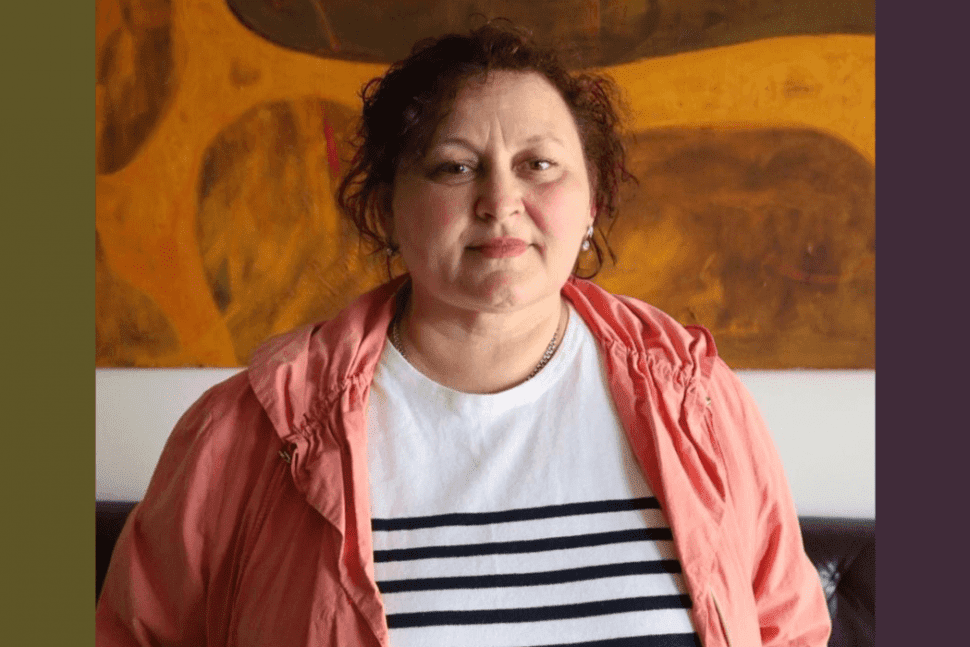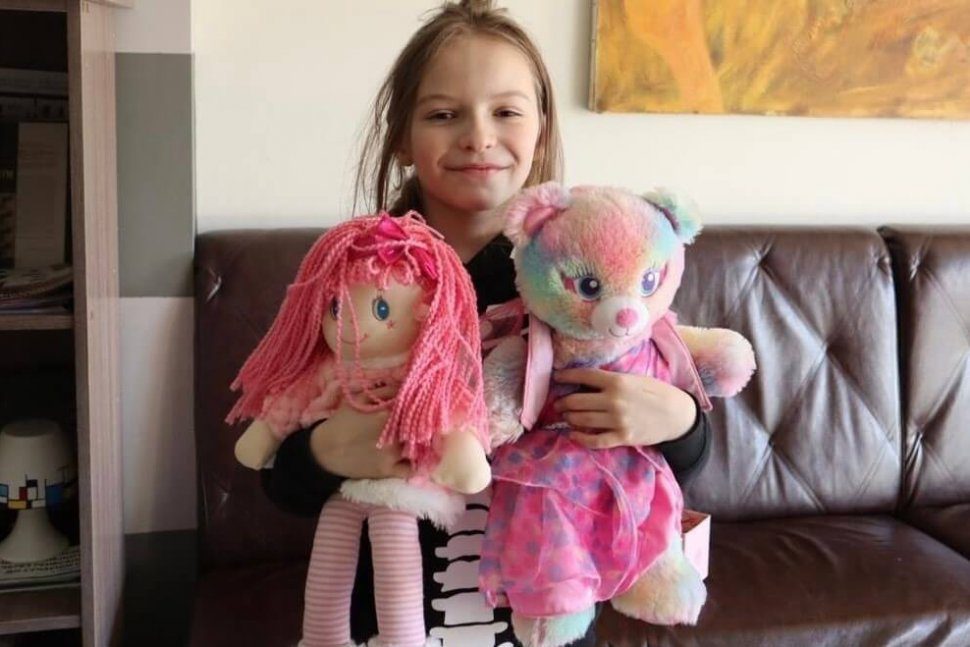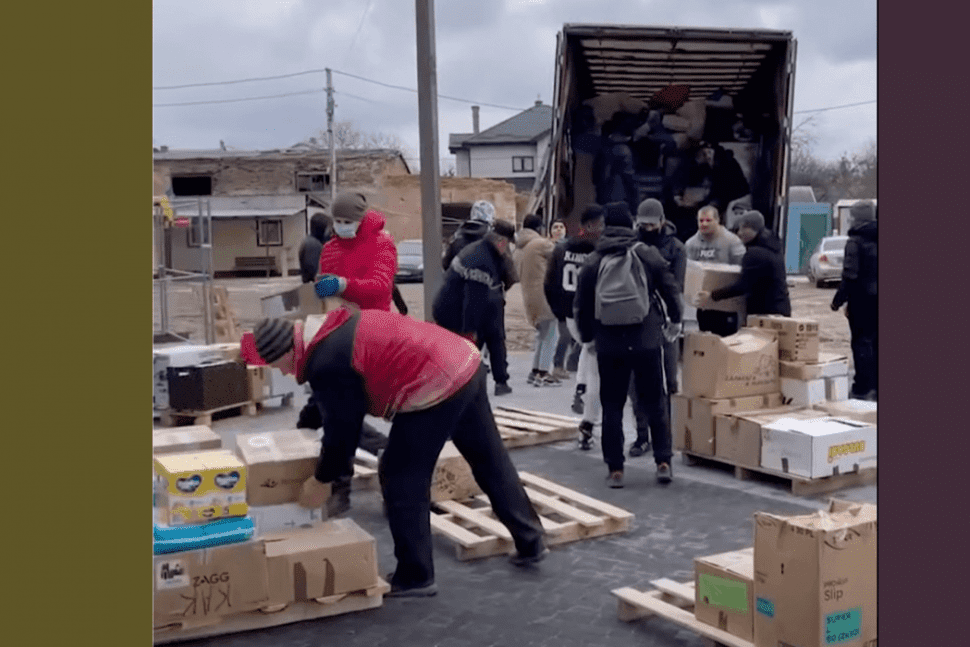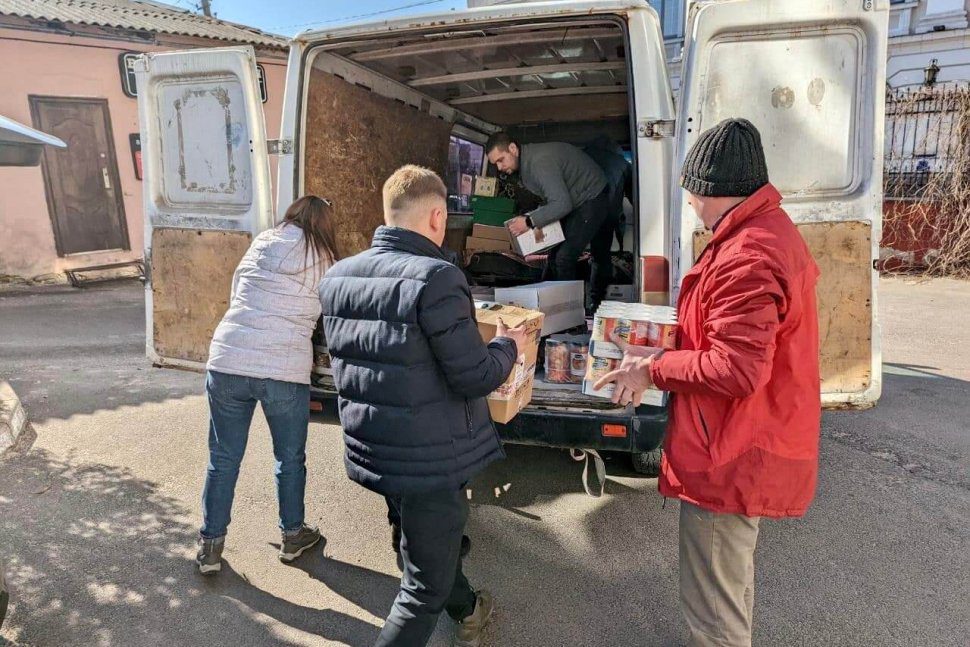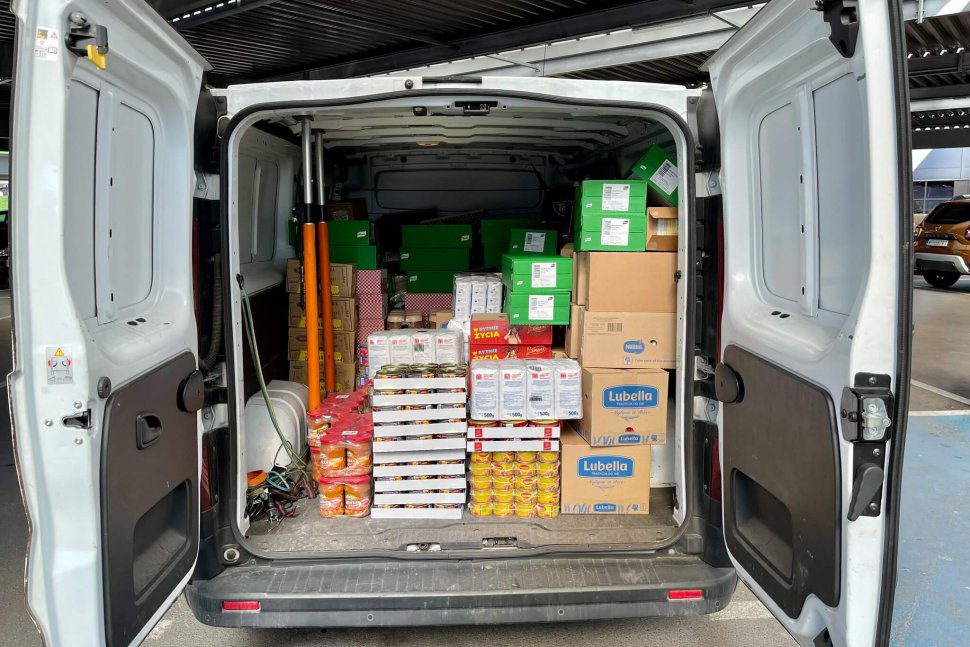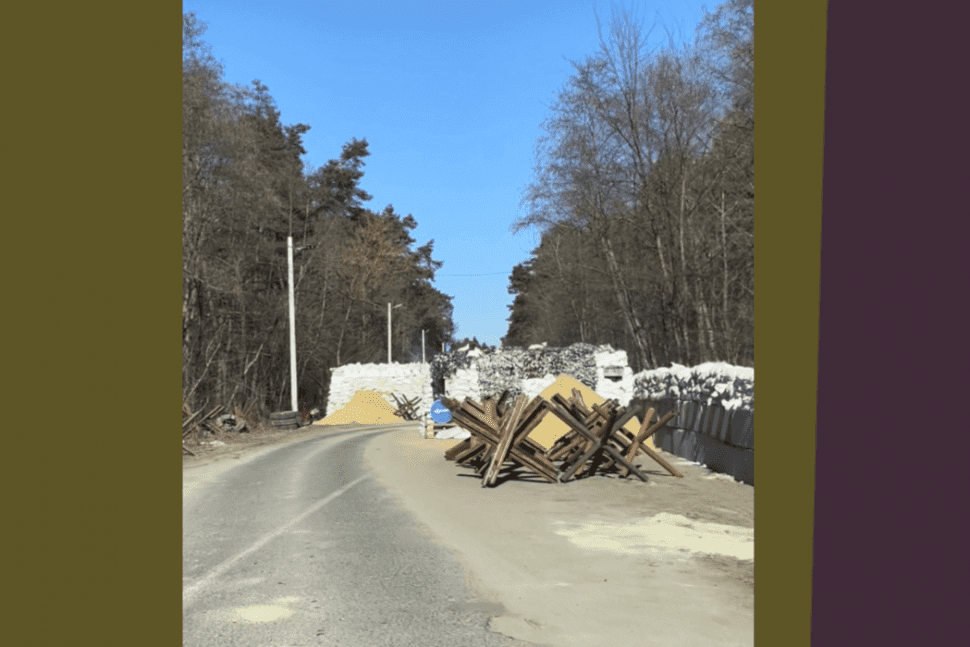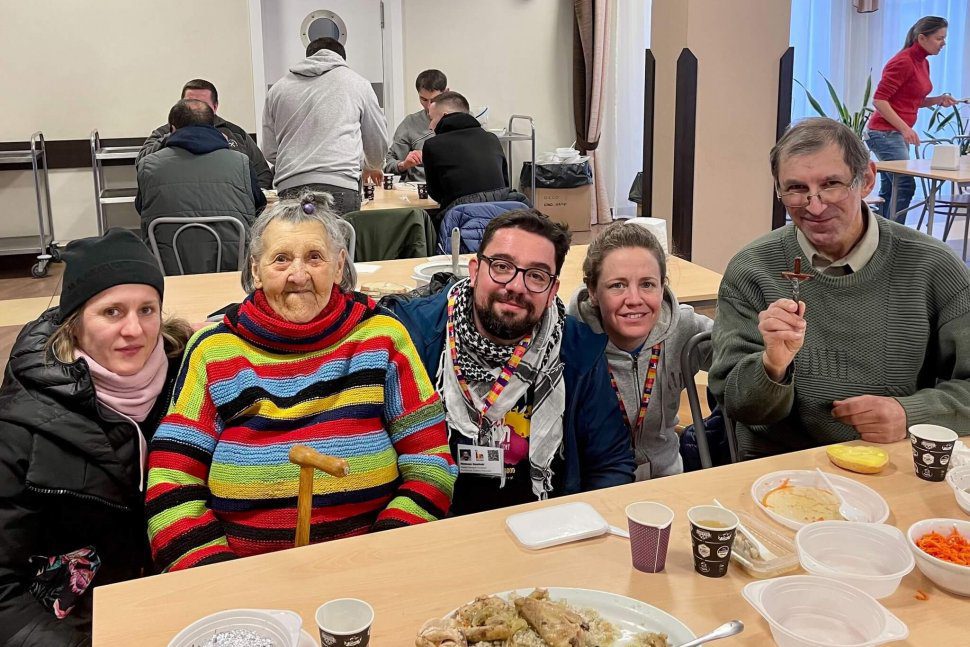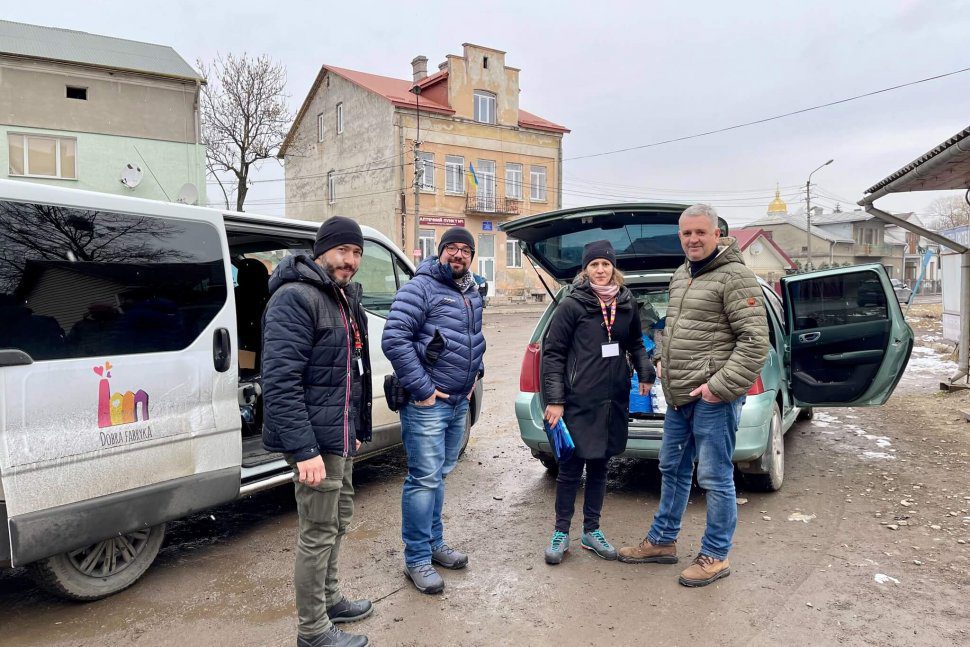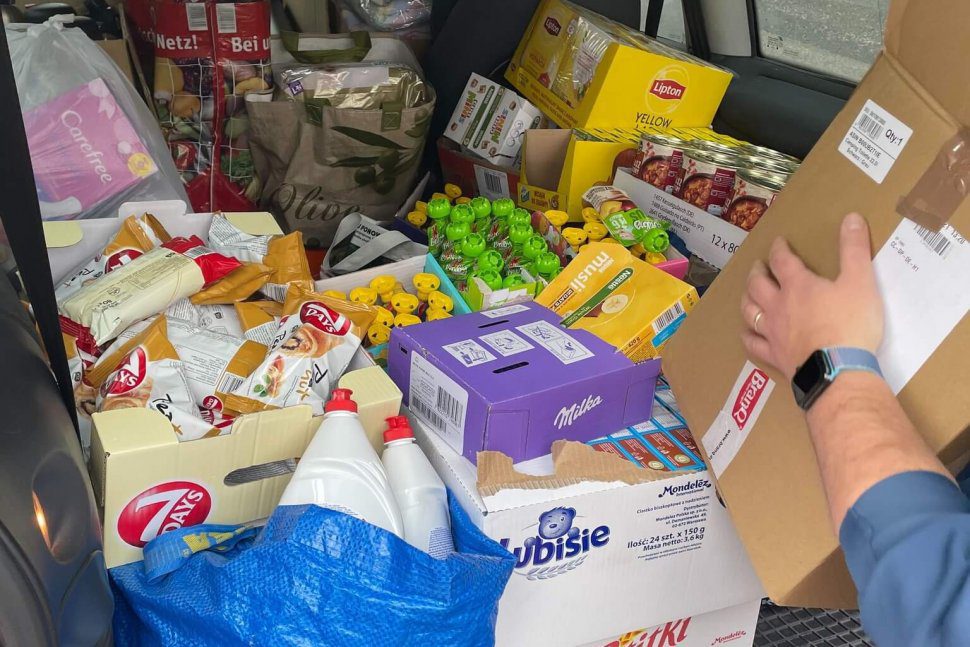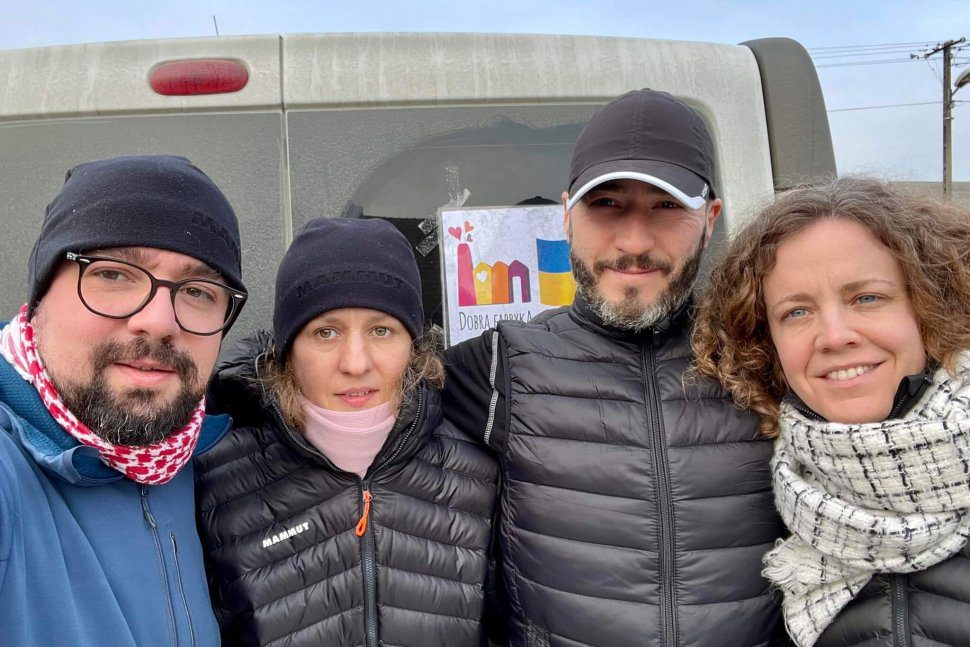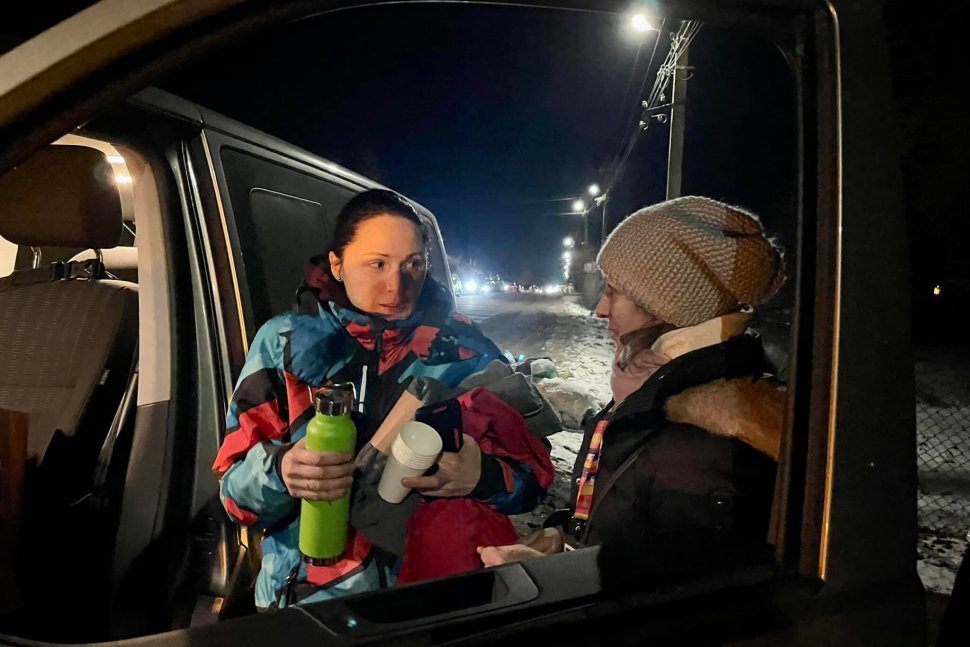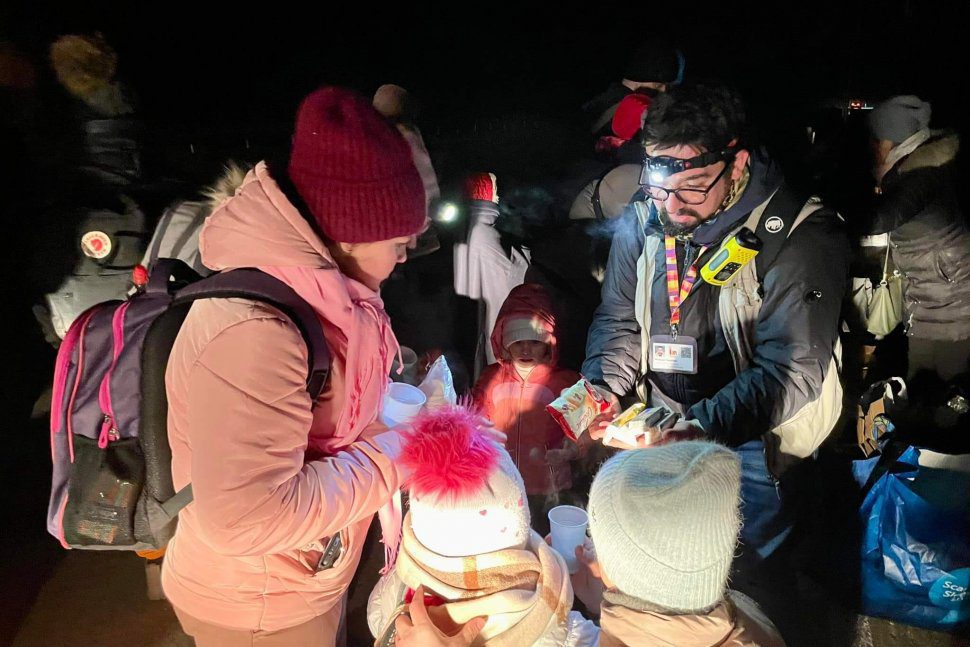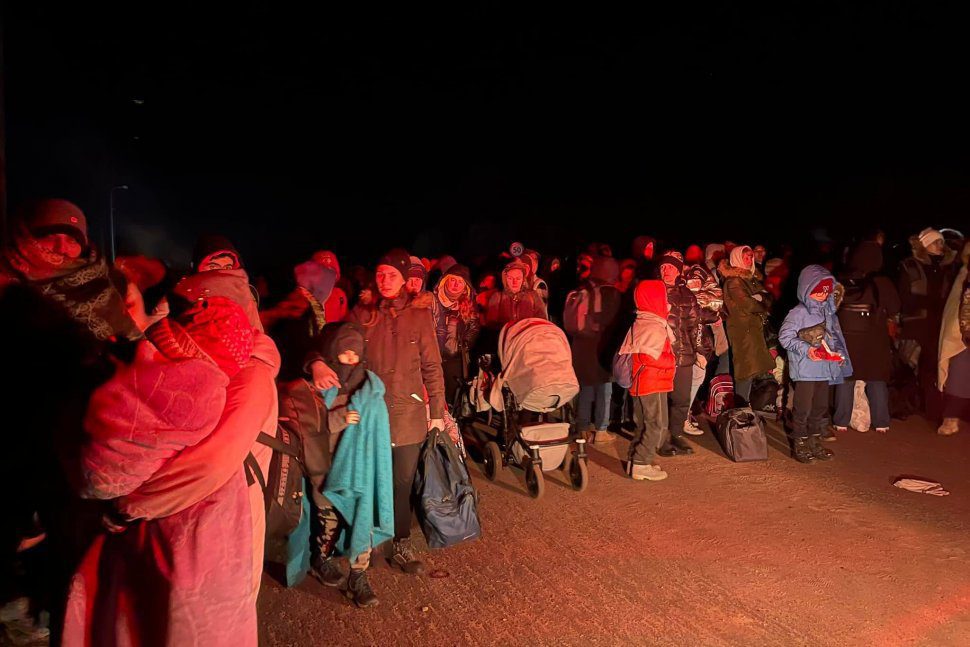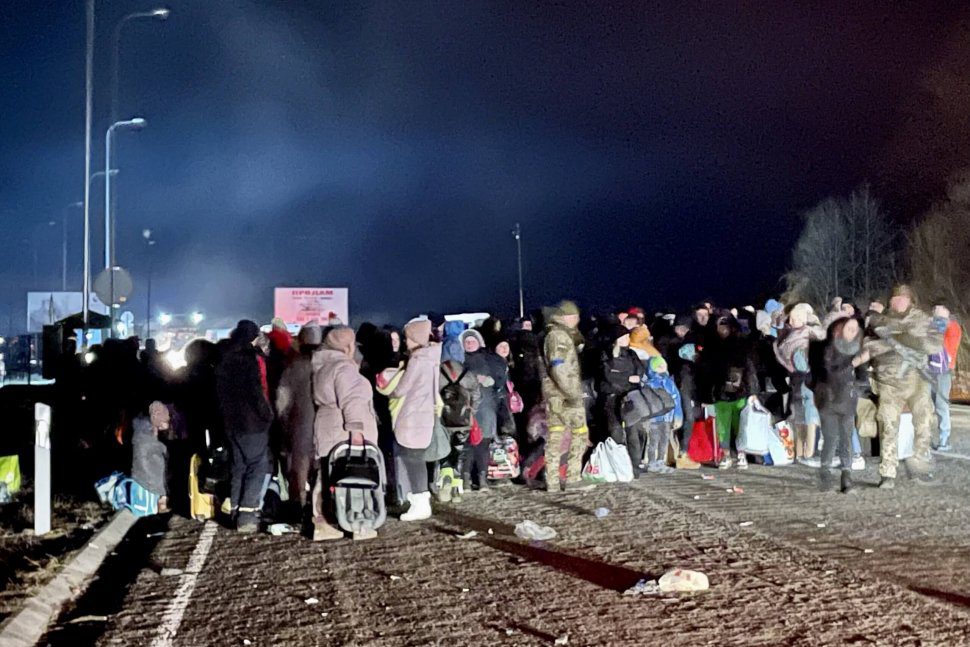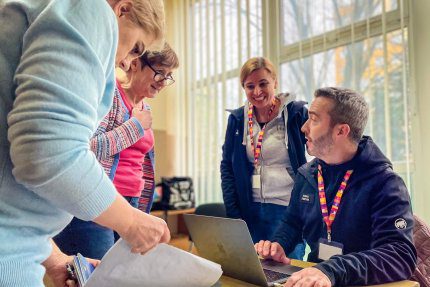From the very first hours of Russia’s full-scale invasion on February 24, 2022, we’ve been delivering aid to people caught up in the war on both sides of the Polish-Ukrainian border. We were among the first organizations to cross into Ukraine, bringing help to tens of thousands fleeing the country. For over three years now, we’ve been providing life-saving humanitarian assistance without interruption.
Dobra Fabryka Ukraine was created as an independent humanitarian organization in response to what has become the world’s largest humanitarian crisis today. Since 2022, it has grown into one of the leading responders, supporting the most vulnerable communities.
Our mission is to react quickly and effectively whenever a crisis strikes — to get help where it’s needed most, exactly when it’s needed. We work in eastern and southern Ukraine, in regions hardest hit by fighting and mass displacement.
We partner with local communities, UN agencies, donors, international and national NGOs, and civil society so that our aid is practical, timely, and makes a real difference.
For us, it’s never about the numbers — it’s about people.
Three years of war — and we’re still here
Although the full-scale war has dragged on for more than three years and has faded into the background for many, we haven’t slowed down. Our priority is to reach those in the toughest conditions and make sure aid is both immediate and long-term.
What we do
Emergency humanitarian relief
📍 Where we work
We’ve already reached more than 165,000 people across key oblasts: Donetsk, Kharkiv, Kherson, Dnipropetrovsk, Mykolaiv, and Zaporizhzhia.
📦 Aid distribution
We supply food, hygiene kits, and multi-purpose cash assistance (CVA) — especially for internally displaced people, the elderly, people with disabilities, and pregnant women, including in high-risk “red zones” near the front line.
❄️ Winter support
We deliver generators, heating equipment, sleeping bags, flasks, and power banks. Thanks to this, more than 43,000 people in conflict-affected regions made it through harsh winters.
🏥 Medical support
We’ve equipped hospitals in eastern and southern Ukraine with mobile X-ray units, ultrasound machines, dialysis systems, blood filtration equipment, and anesthesia machines — helping provide care to more than 110,000 patients.
Coordination and advocacy
🤝 Working with other organizations
We’ve built an effective aid network — partnering with over 100 organizations, including UN agencies (OCHA, IOM, UNHCR, WFP), major international NGOs (ERC, NRC, Save the Children, Mercy Corps), and local and national authorities.
📖 Crisis response playbook
We developed operational guidelines that, since May 2023, have been used daily by organizations delivering multi-purpose cash assistance (MPCA) in response to missile attacks and evacuations in eastern and southern Ukraine. These guidelines also served as the field playbook for agencies supporting more than 40,000 people affected by the Kakhovka dam destruction in 2023.
⚙️ Referral tool for aid
We created a unique tool that lets organizations safely refer people whose needs fall outside their own mandate or capacity. This ensures individuals are connected to the most appropriate support, while protecting personal data and keeping assistance responsible and effective. The tool is now being rolled out more broadly by UN agencies and both international and local NGOs.
🧑💼 Localizing aid & making the Grand Bargain real
We’re the first and only local NGO co-leading the Cash Working Group’s task team on deduplication, registration, and interoperability. We designed the standard operating procedures (SOPs) now used by more than 110 organizations — preventing double cash assistance to over 2 million people.
We actively push to turn the Grand Bargain commitments into practice — making sure local organizations play a central role in humanitarian response. We do this by building their capacity, offering technical and strategic advice, and representing them across clusters, working groups, global conferences, and coordination forums.
⚖️ Legal and policy work
As part of the Legal Task Team, we advocate to keep humanitarian aid and basic needs support tax-free, and to ensure data protection and crisis-response rights are respected — both by NGOs and by local authorities.
